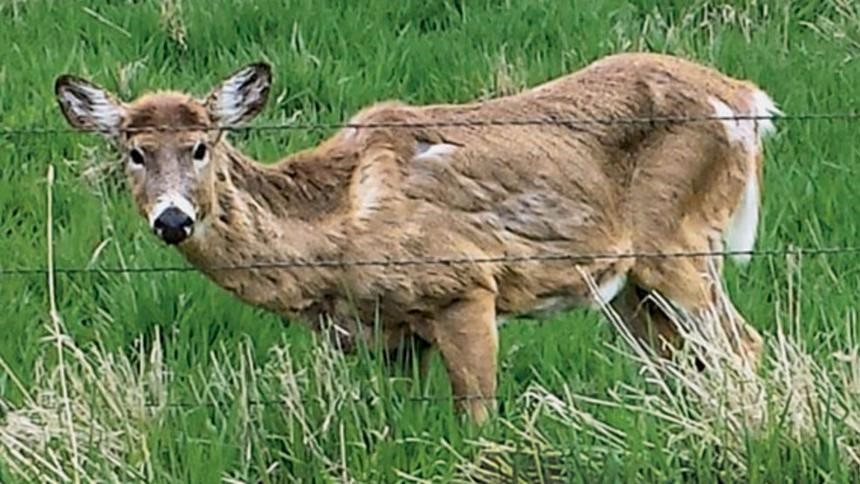The gray wolf, an iconic species of the American West, had all but disappeared from landscape in the lower 48 states by the early 20th century. Now it roams free in nine states and is stable and healthy throughout its current range. This constitutes one of the greatest comebacks for an animal in U.S. conservation history. Today, the U.S. Fish and Wildlife Service is re-affirming the success of this recovery with a proposal to remove all gray wolves from protection under Endangered Species Act (ESA). Continue reading
December 2025 S M T W T F S 1 2 3 4 5 6 7 8 9 10 11 12 13 14 15 16 17 18 19 20 21 22 23 24 25 26 27 28 29 30 31 -
Recent Posts
Affiliates
- ACI Worldwide
- American Sportfishing Assn.
- Archery Trade Association
- Backcountry Hunters and Anglers
- Brandt Information Services, Inc.
- Congressional Sportsmen’s Foundation
- D.J. Case and Associates
- Delta Waterfowl
- Ducks Unlimited
- Kalkomey Enterprises, Inc.
- MICRA
- Mule Deer Foundation
- NASP
- Nat. Wild Turkey Federation
- National Shooting Sports Fnd
- National Wildlife Federation
- North American Grouse Partnership
- Northern Bobwhite Conservation Initiative
- Pheasants Forever
- Rocky Mtn. Elk Foundation
- Ruffed Grouse Society
- Safari Club International
- Southwick Associates
- The Nature Conservancy
- The Wildlife Management Institute
- The Wildlife Society
- TRCP
- Whitetails Unlimited
Sister Organizations
Categories
Archives
- December 2025
- November 2025
- October 2025
- August 2025
- June 2025
- April 2025
- April 2023
- December 2022
- November 2022
- October 2022
- March 2022
- February 2022
- December 2021
- October 2021
- July 2021
- January 2021
- December 2020
- November 2020
- October 2020
- September 2020
- August 2020
- June 2020
- April 2020
- March 2020
- February 2020
- January 2020
- December 2019
- August 2019
- July 2019
- May 2019
- April 2019
- March 2019
- February 2019
- January 2019
- October 2018
- August 2018
- July 2018
- May 2018
- January 2018
- March 2016
- February 2016
- January 2016
- December 2015
- October 2015
- September 2015
- August 2015
- July 2015
- June 2015
- May 2015
- January 2015
- December 2014
- October 2014
- July 2014
- June 2014
- May 2014
- February 2014
- January 2014
- November 2013
- October 2013
- September 2013
- August 2013
- July 2013
- June 2013
- May 2013
- April 2013
- March 2013
- February 2013
- January 2013
- December 2012
- November 2012
- October 2012
- September 2012
- August 2012
- July 2012

